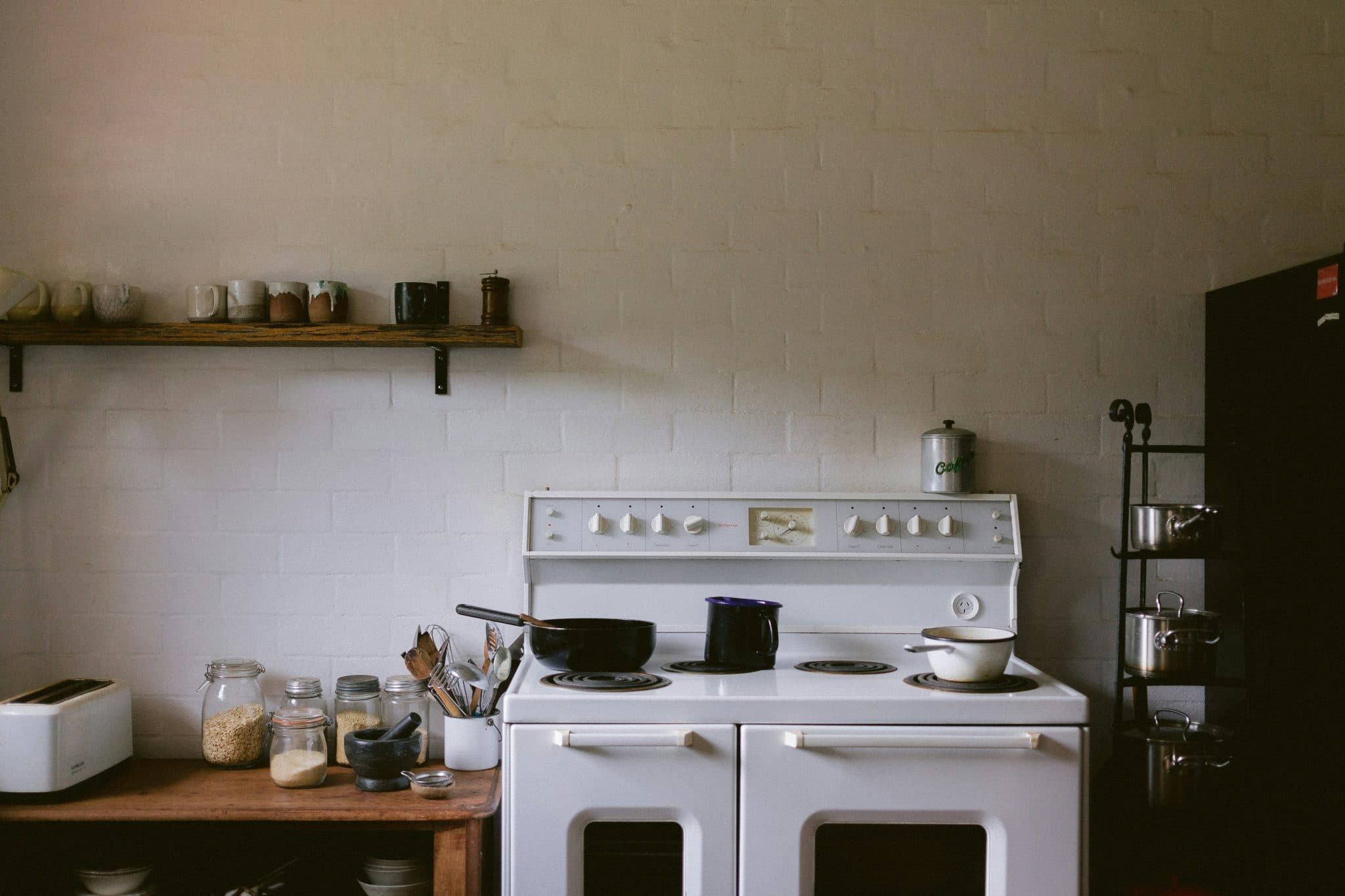Kitchen Design Sustainability: Eco-Friendly Options for Environmentally Conscious Cooks
In today’s world, sustainability and eco-friendliness have become top priorities for many individuals. With the increasing awareness of climate change and the impact of human activities on the environment, people are making efforts to reduce their carbon footprint and adopt a more sustainable lifestyle. This shift towards sustainability is not limited to food or fashion, but it has also made its way into the world of interior design, specifically in kitchen design. As the heart of every home, the kitchen is an important space where sustainable practices can make a significant impact. In this article, we will explore some eco-friendly options for environmentally conscious cooks to incorporate into their kitchen design for a greener and more sustainable living.
Why Kitchen Design Sustainability Matters
Before delving into the specifics of eco-friendly kitchen design, it is crucial to understand why it matters. The kitchen is one of the most used spaces in a home, and it is also a significant source of energy and resource consumption. From lighting to appliances, water usage to waste generation, the kitchen contributes to a significant portion of a household’s overall carbon footprint. Therefore, making sustainable choices in kitchen design can not only reduce the environmental impact but also save money in the long run by cutting down on utility bills.
Choose Sustainable Materials
The first step towards a sustainable kitchen design is to choose materials that are eco-friendly and renewable. When choosing materials for kitchen countertops, cabinets, or flooring, opt for natural materials such as wood, bamboo, cork, or recycled glass. These materials are not only versatile and durable, but they also have a lower environmental impact compared to synthetic materials. Additionally, look for products that have certifications, such as the Forest Stewardship Council (FSC) or GreenGuard, to ensure that they meet environmental and safety standards.
Energy-Efficient Appliances
Another significant aspect of kitchen sustainability is the use of energy-efficient appliances. Kitchen appliances, especially refrigerators, dishwashers, and ovens, account for a substantial amount of a household’s energy consumption. Therefore, look for appliances that are Energy Star certified, as they are designed to be more energy-efficient. Moreover, consider investing in smart appliances that can be controlled remotely and have energy-saving features such as automatic shut-off or energy monitoring capabilities.
Water Conservation
Conserving water is another crucial aspect of kitchen design sustainability. With the ever-growing water crisis in many parts of the world, it is essential to make conscious efforts to reduce water usage. Some simple yet effective ways to conserve water in the kitchen include fixing any leaks, installing low-flow faucets, and using energy-efficient dishwashers. Additionally, incorporating a rainwater harvesting system or a greywater recycling system can significantly reduce water waste.
Maximize Natural Light
Another sustainable design element to consider in the kitchen is natural light. Maximizing natural light not only creates a welcoming and airy space, but it also reduces the need for artificial lighting during the day. This, in turn, can lead to a decrease in energy consumption. Consider incorporating large windows, skylights, or light tubes to bring in more natural light. Moreover, opt for light-colored paint or finishes on walls and cabinets to reflect natural light and make the space appear brighter.
Reduce Waste
The kitchen is also responsible for a significant amount of waste generation in a household. To make your kitchen design more sustainable, it is crucial to incorporate waste reduction practices. Start by setting up a composting system for food waste, which can then be used as fertilizer for plants. When purchasing kitchen essentials such as utensils, containers, or appliances, opt for reusable and sustainable options rather than single-use disposable items. Additionally, consider installing a recycling station in the kitchen to make recycling more convenient and encourage separation of waste.
The Final Thoughts
Incorporating sustainable practices into kitchen design is not only beneficial for the environment, but it can also add value to your home. By opting for eco-friendly materials, energy-efficient appliances, and waste reduction methods, you can create a greener and healthier living space while also saving money in the long run. A sustainable kitchen not only benefits the homeowner but also has a positive impact on the environment. By making conscious choices in kitchen design, we can all contribute to a more sustainable future.










